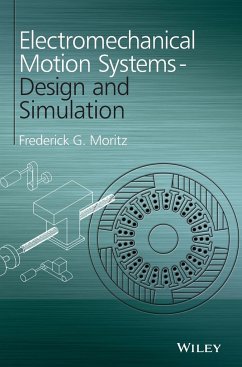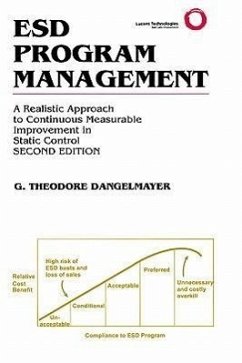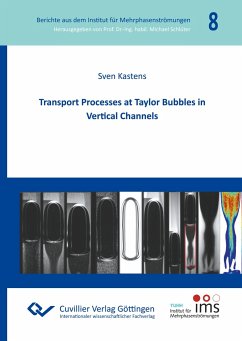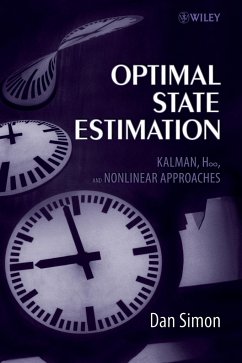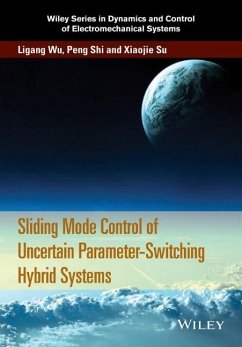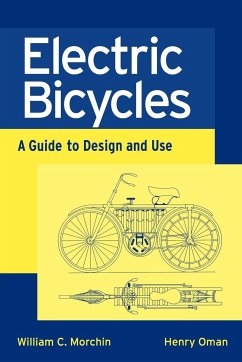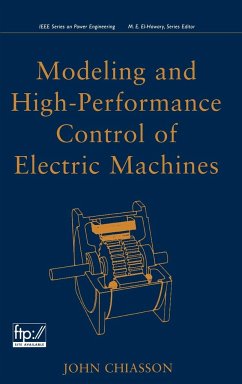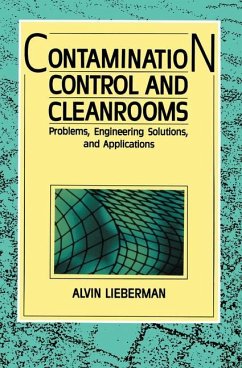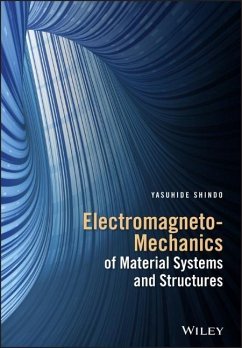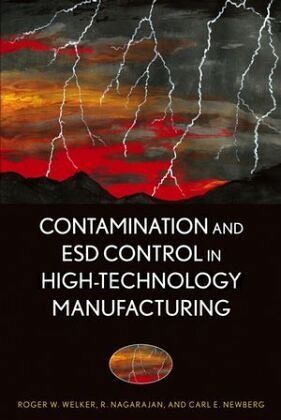
Contamination and Esd Control in High-Technology Manufacturing

PAYBACK Punkte
125 °P sammeln!
Contamination and Electrostatic Discharge (ESD) affect yield and reliability in an ever-increasing number of industries. In the past, contamination and ESD were recognized as affecting semiconductors, disk drives, aerospace, pharmaceutical and medical device industries. Today, such industries as automobile, food, and even the floral industry are recognized as being affected by contamination and ESD. Written by a recognized expert in the field, Contamination and ESD Control in High Technology Manufacturing is an interdisciplinary book that discusses the special needs of the semiconductors, disk drives, aerospace, automobile, food, industries.
A practical "how to" guide that effectively deals with the control of both contamination and ESD
This book offers effective strategies and techniques for contamination and electrostatic discharge (ESD) control that can be implemented in a wide range of high-technology industries, including semiconductor, disk drive, aerospace, pharmaceutical, medical device, automobile, and food production manufacturing. The authors set forth a new and innovative methodology that can manage both contamination and ESD, often considered to be mutually exclusive challenges requiring distinct strategies.
Beginning with two general chapters on the fundamentals of contamination and ESD control, the book presents a logical progression of topics that collectively build the necessary skills and knowledge:
_ Analysis methods for solving contamination and ESD problems
_ Building the contamination and ESD control environment, including design and construction of cleanrooms and ESD protected environments
_ Cleaning processes and the equipment needed to support these processes
_ Tooling design and certification
_ Continuous monitoring
_ Consumable supplies and packaging materials
_ Controlling contamination and ESD originating from people
_ Management of cleanrooms and ESD protected workplace environments
Contamination and ESD Control in High-Technology Manufacturing conveys a practical, working knowledge of contamination and ESD control strategies and techniques, and it is filled with case studies that illustrate key principles and the benefits of contamination and ESD control. Moreover, its straightforward style makes the material, which integrates many disciplines of engineering and science, clear and accessible.
Written by three leading industry experts, this book is an essential guide for engineers and designers across the many industries where contamination and ESD control is a concern.
This book offers effective strategies and techniques for contamination and electrostatic discharge (ESD) control that can be implemented in a wide range of high-technology industries, including semiconductor, disk drive, aerospace, pharmaceutical, medical device, automobile, and food production manufacturing. The authors set forth a new and innovative methodology that can manage both contamination and ESD, often considered to be mutually exclusive challenges requiring distinct strategies.
Beginning with two general chapters on the fundamentals of contamination and ESD control, the book presents a logical progression of topics that collectively build the necessary skills and knowledge:
_ Analysis methods for solving contamination and ESD problems
_ Building the contamination and ESD control environment, including design and construction of cleanrooms and ESD protected environments
_ Cleaning processes and the equipment needed to support these processes
_ Tooling design and certification
_ Continuous monitoring
_ Consumable supplies and packaging materials
_ Controlling contamination and ESD originating from people
_ Management of cleanrooms and ESD protected workplace environments
Contamination and ESD Control in High-Technology Manufacturing conveys a practical, working knowledge of contamination and ESD control strategies and techniques, and it is filled with case studies that illustrate key principles and the benefits of contamination and ESD control. Moreover, its straightforward style makes the material, which integrates many disciplines of engineering and science, clear and accessible.
Written by three leading industry experts, this book is an essential guide for engineers and designers across the many industries where contamination and ESD control is a concern.



